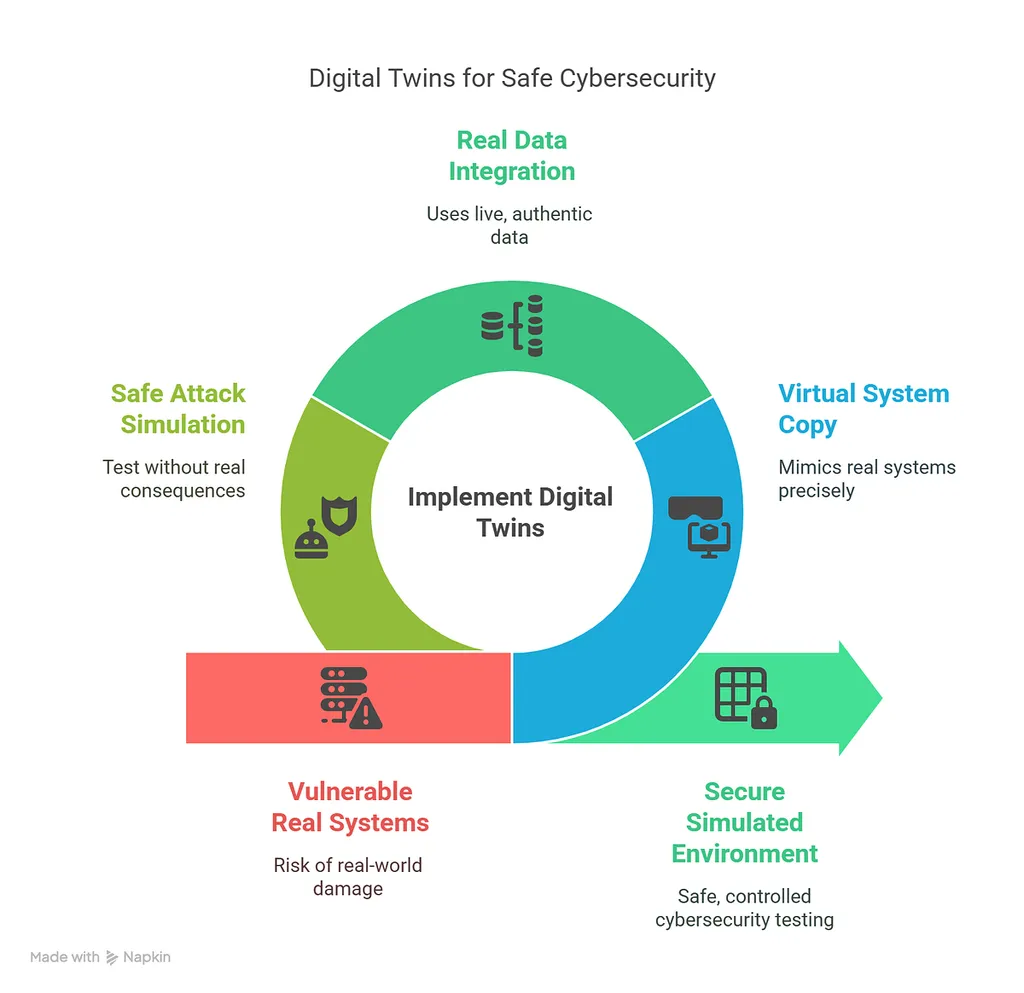Researchers Daniel Menges, Andreas Von Brandis, and Adil Rasheed from the University of Lubeck have developed a digital twin framework for autonomous surface vessels (ASVs) that leverages predictive modeling and reinforcement learning to enhance maritime safety. Their work focuses on reducing human error-related maritime accidents by integrating intelligent algorithms for collision avoidance and path optimization.
The researchers’ framework builds on the concept of a digital twin (DT), a virtual replica of a physical system that enhances situational awareness (SITAW) for ASVs. By utilizing real-time automatic identification system (AIS) data and synthetic light detection and ranging (Lidar) measurements, the DT can accurately track and predict the positions and movements of other dynamic objects in the maritime environment. This capability is crucial for making informed, real-time decisions that ensure the safety of autonomous operations.
One of the key innovations in this research is the application of a predictive safety filter based on nonlinear model predictive control (NMPC). This filter helps the ASV navigate safely by anticipating potential hazards and adjusting its path accordingly. The researchers implemented these advanced tracking and control methods into a digital twin built with the Unity game engine, demonstrating the DT’s ability to simulate various scenarios and provide optimal control decisions.
The practical applications of this research are significant for the maritime industry. By enhancing the situational awareness of ASVs, the digital twin framework can drastically reduce the risk of accidents caused by human error. This technology can be particularly valuable in open sea operations, where conditions can be unpredictable and hazardous. The ability to simulate and optimize navigation paths through predictive modeling and reinforcement learning ensures that ASVs can operate more safely and efficiently.
Furthermore, the integration of AIS and Lidar data into the digital twin framework provides a robust and reliable system for tracking and predicting the movements of other vessels. This real-time data processing capability is essential for avoiding collisions and ensuring smooth navigation in crowded or complex maritime environments. The use of the Unity game engine for building the digital twin also allows for a highly interactive and visually intuitive platform, making it easier for operators to understand and manage the autonomous vessels’ operations.
The researchers’ work highlights the potential of digital twins in transforming maritime safety and sustainability. By enabling predictive, prescriptive, and autonomous capabilities, this technology can play a pivotal role in the future of autonomous surface vessels. As the maritime industry continues to evolve, the adoption of such advanced systems will be crucial in achieving safer and more efficient operations at sea. Read the original research paper here.

